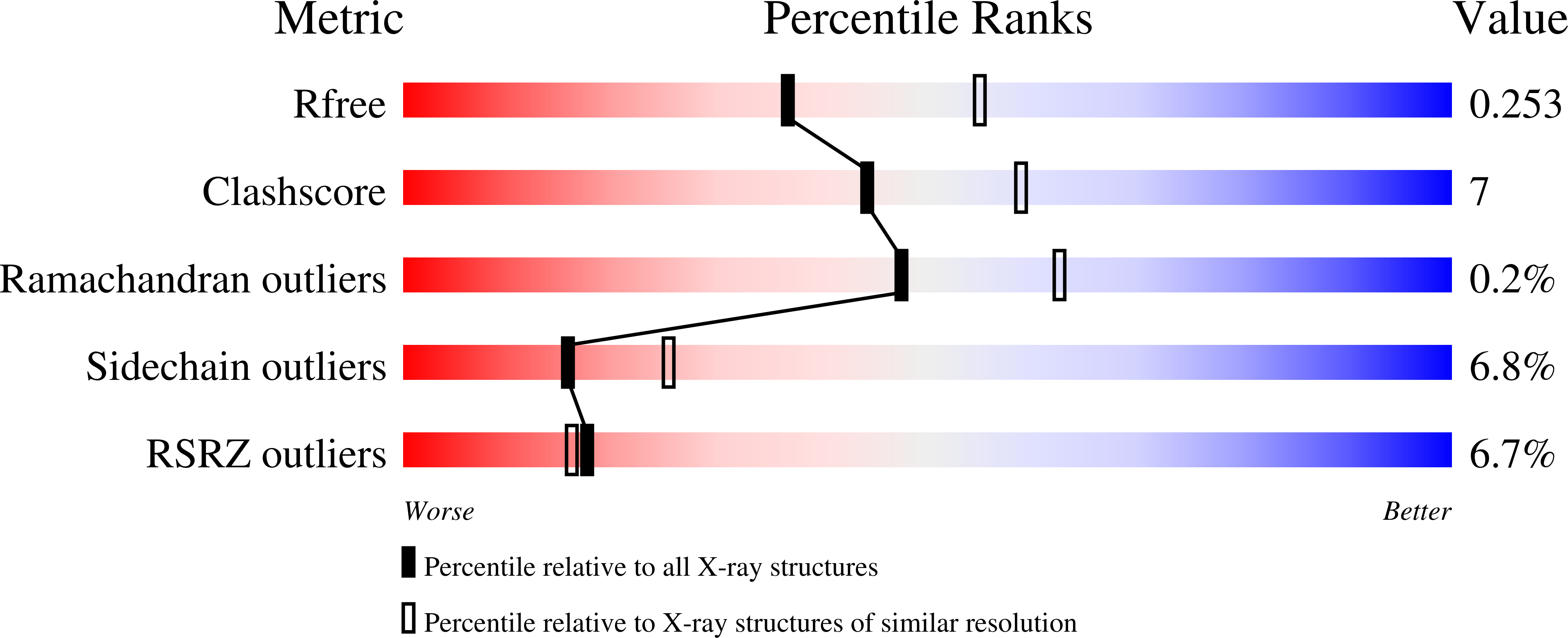
Deposition Date
2013-03-15
Release Date
2013-11-13
Last Version Date
2023-11-08
Entry Detail
PDB ID:
3W8L
Keywords:
Title:
Crystal structure of human CK2 in complex with inositol hexakisphosphate
Biological Source:
Source Organism:
Homo sapiens (Taxon ID: 9606)
Host Organism:
Method Details:
Experimental Method:
Resolution:
2.40 Å
R-Value Free:
0.24
R-Value Work:
0.23
R-Value Observed:
0.23
Space Group:
P 1 21 1


